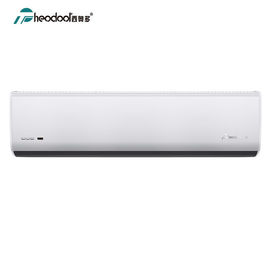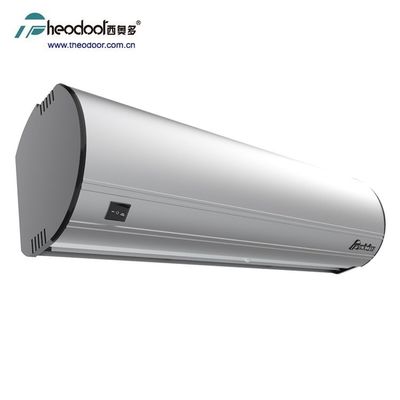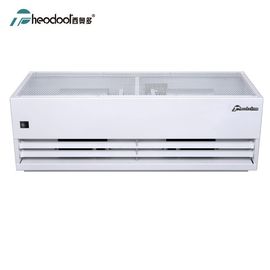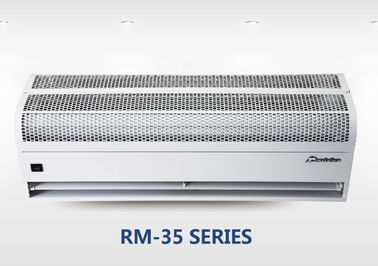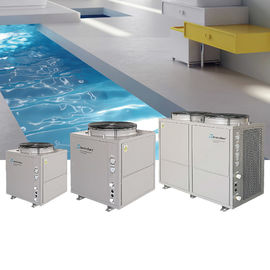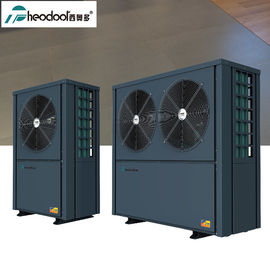Swimming pool heat pump lateral vent T8-B
Anti - Freezing Stainless Steel Swimming Pool Heat Pump For Hot Water
Specifications:
|
Model
|
Rated
Power
(kW)
|
Rated
Current
(A)
|
Rated
voltage
(V)
|
Refrigerant
|
Heating
Capacity
(kW)
|
Size
(mm)
|
Noise
(dB)
|
Net
Weight
(kg)
|
Water
Connect
(DN)
|
|
RS-3.6WX
|
0.9
|
4.1
|
220
|
R417A
|
3.6
|
930×280×550
|
45
|
42
|
50
|
|
RS-4.8WX
|
1.22
|
5.5
|
220
|
R417A
|
4.8
|
930×280×550
|
52
|
49
|
50
|
Description:
1. Casing: Galvanized steel or optional with stainless steel.
2. Adopt Titanium heat exchanger, effectively erosion proof and durable. ensure working in high Efficiency and longer life.
3. Multi Rows evaporator, hydrophilic aluminum fins which could reducing drag, and the surface not easy to bear water.
4. Intelligent controller and adjustment by quick-mind microprocessor.
5. Automatic defrosting function (with four way valve inside).
6. Multiple protections to protect the compressor and the heat exchanger, like anti-freezing protection, water
flow protection, over high pressure protection, over low pressure protection insufficient water flow protection etc.
7. Save energy, saving more energy by 75% comparing with ordinary electric water heater.
Applications:
For swimming pool where needs hot water.



1. Air source heat pump technology:
Heat pump is a promising technology that used the same mechanical principles as refrigerators and air conditions to generate hot water.
(The heat pump works by extracting heat from the surrounding air/water/soil and using it to heat low pressure liquid refrigerant in the heat pumps evaporator, vaporizing the liquid.
The refrigerant then passes through the compressor, which raises the refrigerant pressure and thus the temperature as well. The heated refrigerant gas passed through the heat pump condenser, where gives is off its heat to the water and condenses back into the liquid state.
The liquid refrigerant then passed through an expansion valve or capillary where the pressure is reduced and the cycle starts over. )
Generally, air-source heat pump water heaters work much like a refrigerator in reverse. The heat pump extracts the heat from warm air, intensifies the heat with a compressor, delivers the heat to the water, and exhausts the cooler air. Because it uses the warm ambient air temperature to do most of the work, it is a very efficient way to heat water.
2. Optimized use of Heat Pump technology
Heat pumps are inherently clean and reliable, and traditionally use water to water or air to air technology. Our air to water system, however, represents the best of both technologies, combining the accessibility of air as the heat source, low investment cost, emission free operation, easy installation and maintenance, with the comfort of using water based heating system.
3. Energy Saving
Compared to conventional heated equipments such as electricity resistance heater, gas/oil boiler and solar heater, a heat pump operate as a cost as little as 25%.
4. Environment Friendly
A heat pump will not release harmful materials into the nature. Also using heat pump as a heating solution will greatly reduce the emission of carbon dioxide.
5. Wide Range of Applications
Heat pump is an optimal house heating and domestic hot water heating solution in residential and a variety of commercial applications. It is also widely used in pool water heating industry.
6. Mainly Composing Parts
Heat pump mainly consists of a compressor, fan (applicable to air to water), evaporator, condenser, and expansion valve (or capillary).

 Your message must be between 20-3,000 characters!
Your message must be between 20-3,000 characters! Please check your E-mail!
Please check your E-mail!  Your message must be between 20-3,000 characters!
Your message must be between 20-3,000 characters! Please check your E-mail!
Please check your E-mail! 

